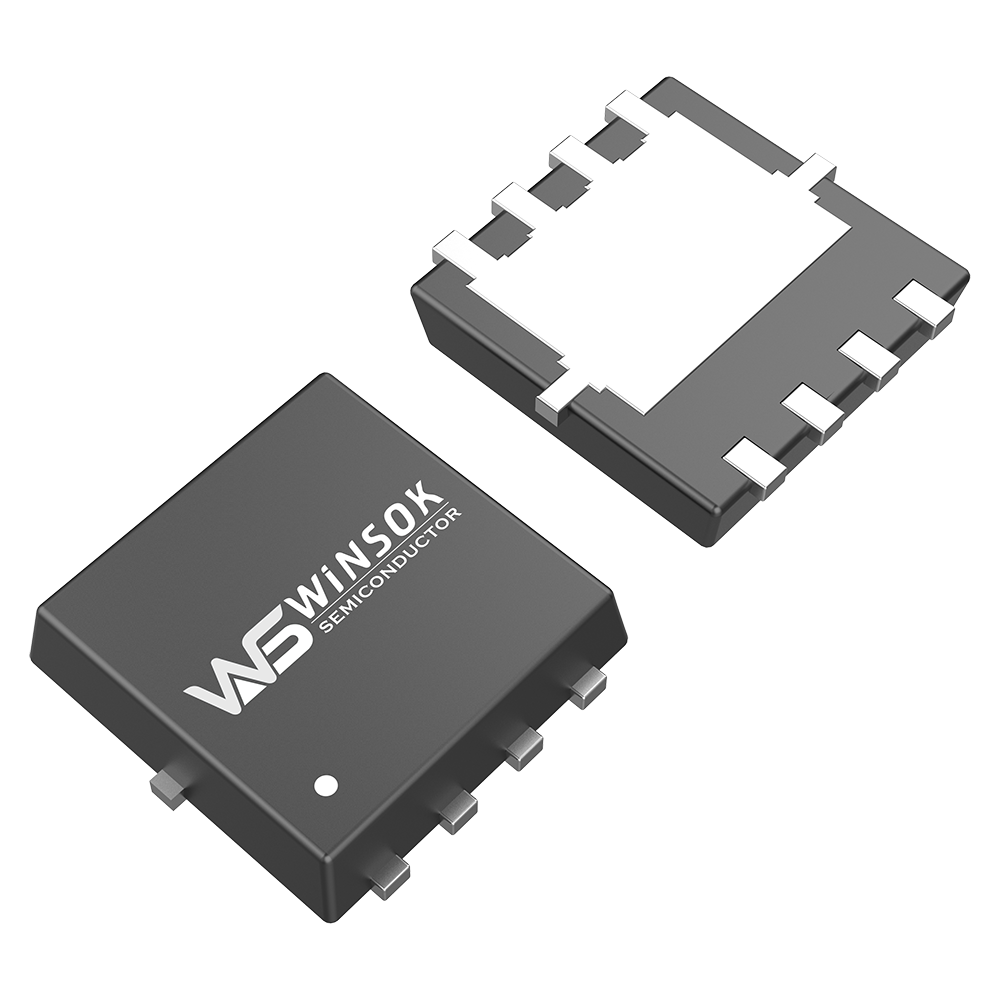1, the role of MOSFET in the electric vehicle controller
In simple terms, the motor is driven by the output current of the MOSFET, the higher the output current (in order to prevent the MOSFET from burning out, the controller has current limit protection), the stronger the motor torque, the more powerful the acceleration.
2, the control circuit of the MOSFET's operating state
Open process, on state, off process, cut-off state, breakdown state.
The main losses of the MOSFET include switching losses (on and off process), conduction losses, cutoff losses (caused by leakage current, which is negligible), avalanche energy losses. If these losses are controlled within the tolerable range of the MOSFET, the MOSFET will work properly, if it exceeds the tolerable range, damage will occur.
The switching loss is often greater than the conduction state loss, especially the PWM is not fully open, in the pulse width modulation state (corresponding to the start acceleration state of the electric car), and the highest rapid state is often the conduction loss is dominated.
3, the main causes of MOS damage
Overcurrent, high current caused by high temperature damage (sustained high current and instantaneous high current pulses caused by the junction temperature exceeds the tolerance value); overvoltage, source-drainage level is greater than the breakdown voltage and breakdown; gate breakdown, usually because the gate voltage is damaged by the external or drive circuit more than the maximum permissible voltage (generally require the gate voltage needs to be less than 20v), as well as static electricity damage.
4, MOSFET switching principle
MOSFET is a voltage-driven device, as long as the gate G and the source stage S to give a suitable voltage between the source stage S and D will form a conduction circuit between the source stage. The resistance of this current path becomes the MOSFET internal resistance, i.e., the on-resistance. The size of this internal resistance basically determines the maximum on-state current that the MOSFET chip can withstand (of course, also related to other factors, the most relevant is the thermal resistance). The smaller the internal resistance, the greater the current.
Post time: Apr-24-2024













